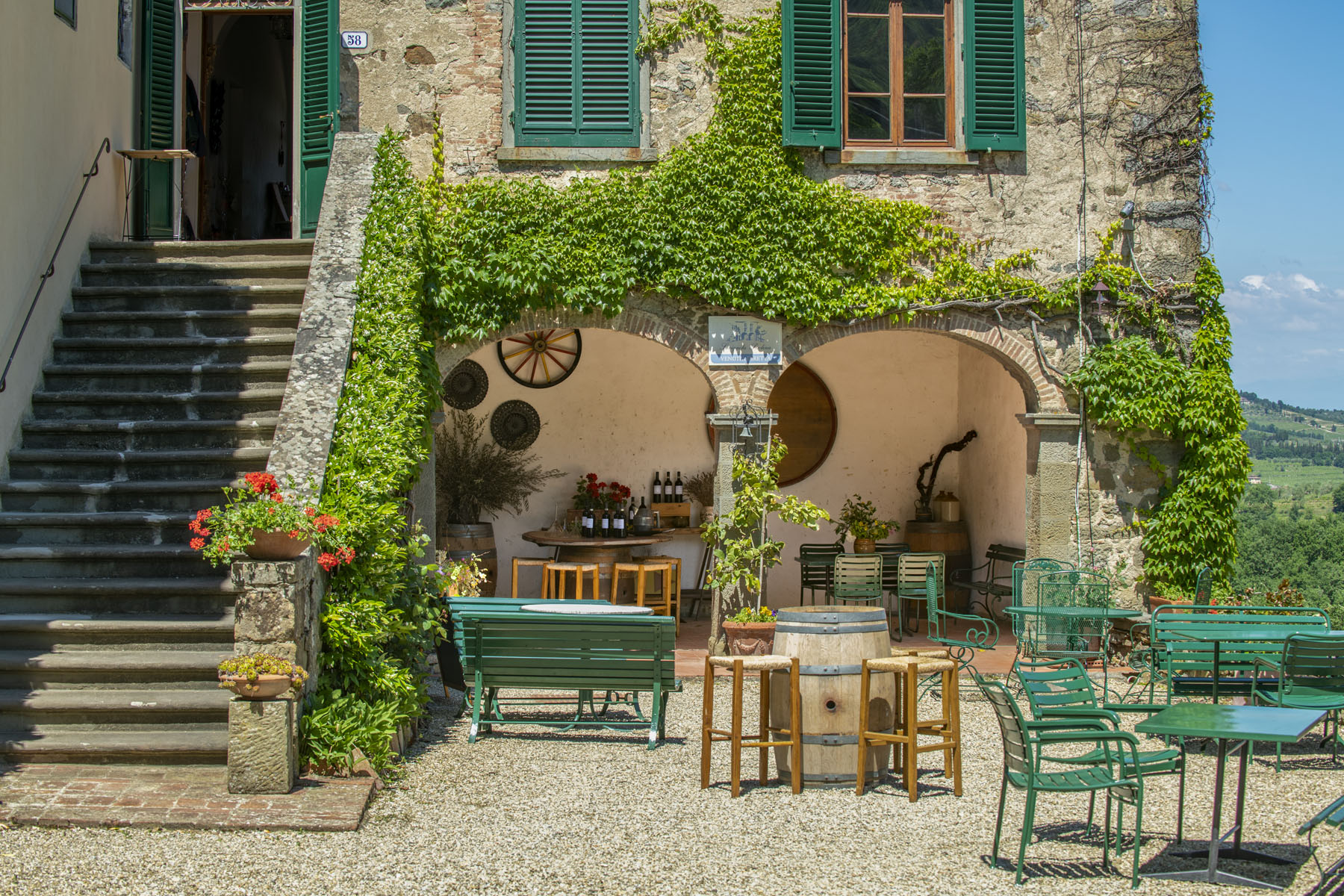Decoding Italian Wine & Chasing the Infamous ‘Super Tuscans’

Whether you’re trawling the shelves at your local bottle shop or working your way through the lista dei vini at an Italian restaurant, selecting a wine from the country shaped like a boot can be a confusing (if not intimidating) experience. Leaving aside the barrier of language, Italian wines are regulated by a complex set of rules that were introduced in the 1960’s to ensure authenticity and quality – but the rigidity of the rules means that wines made in a contemporary style might not be awarded the higher classification no matter how palate pleasing they might be.
Under Italian wine rules, there are essentially four categories for still wines which are:
- DOCG – the highest level of wine. Production methods are regulated, and quality is assured.
- DOC – a designation of controlled origin – the second highest level which still imposes strict rules on winemakers.
- IGT – the broadest category of wines where the grapes must come from the designated region but do not have to adhere to the stricter rules of DOC and DOCG classification.
- VdT – which are “tables wines” or Vino da Tavola. There are no rules, and they can come from anywhere and be of any grape, but are the lowest level of wines and are generally not imported into Australia.
You’d ordinarily expect that the highest level of wines, DOCG, would be the most expensive and “best”, but under the confusing Italian system, that isn’t always the case. Take Tuscan wines for example, where there are several DOCG category vinos. The rules restrict the grape varieties that can be used, yield, ripeness, vinification and even maturation. Chianti, for example, must be made from at least 80% Sangiovese, and the balance may only be colorino, canaiolo nero, cabernet sauvignon or merlot. Within the classification, there are tiers of quality based on aging – Annata (12 months of aging), Riserva (24 months) and Gran Selezione (30 months). And as if that isn’t beguiling enough, there are then nine different communes from which Chianti may be produced and tiers of quality – Chianti (entry-level), Chianti Classico (higher quality) – then subzones of even higher quality like Chianti Rufina and Chianti Colli Senesi!
Last time I checked, there were about 74 different DOCG wines permitted in Italy and about 329 DOC classifications – all protected by a government issued identification sticker stuck over the neck of the bottle! It sure makes it tricky for the average Australian consumer to confidently select Italian wines without the assistance of a sommelier!
An anomaly in the Italian classification system lies in the IGT category. This category was only introduced in 1992 when the Government finally introduced the IGT designation because of the commercial success of a bunch of unruly Tuscan winemakers who refused to conform to the DOCG and DOC requirements. These ‘rogue’ scoundrels would bend the rules to use grapes from other countries, make single varietal wines and adopt winemaking practices that were outcome focussed rather than compliant with the established protocols. And they made wines of high quality that many good judges considered to be even better than the DOCG wines of the region! Over time, these expensive IGT wines became known as “Super Tuscans”.
During a recent visit to Tuscany, I hunted Super Tuscans at every opportunity. And there were plenty to try. One of my favourites was the Tenuta Meraviglia di Cava Bolgheri Superiore 2017 – an unlikely find in a small enoteca in the back streets of Florence. This one snubs its nose at tradition by being made from 100% cabernet franc fruit – a French grape that does remarkably well in the warm Tuscan climate.
The wine’s translucency on the edges and ruby red colour in the glass belies the intensity of fruit that awaits the first sip. On the (highly perfumed) violet nose, cinnamon, musk and red fruits abound – before dark cherries, blueberries, and even ripe plums emerge on the palate. There’s a savoury capsicum edge to balance the sweetness of ripe fruit, as well as plenty of acid and well-integrated tannins on the finish to complement the wine’s natural spiciness. A delightful balance of fruit, power and French oak sophistication. Sadly, these Super Tuscans aren’t cheap – expect to pay the equivalent of $80 – $120 a bottle for the privilege.
If you’re a lover of red wine and are thrown the wine list during a gathering at an Italian venue, I reckon that simply choosing a wine from the Tuscan region should be a pretty safe bet, even if it doesn’t carry the DOCG tag.